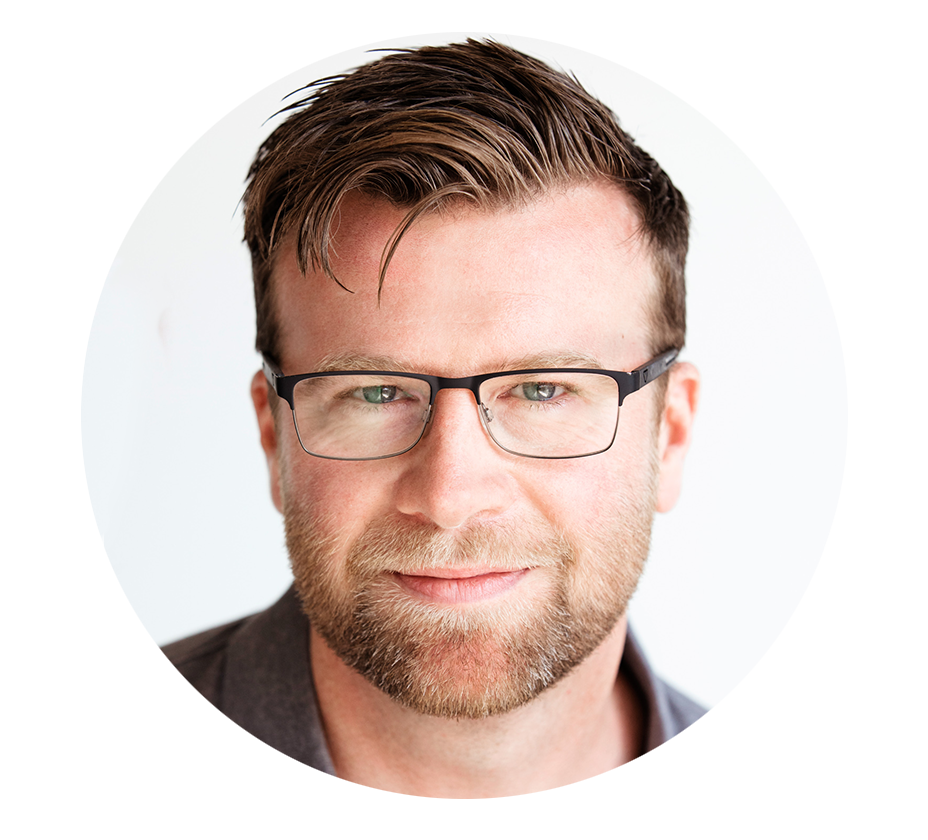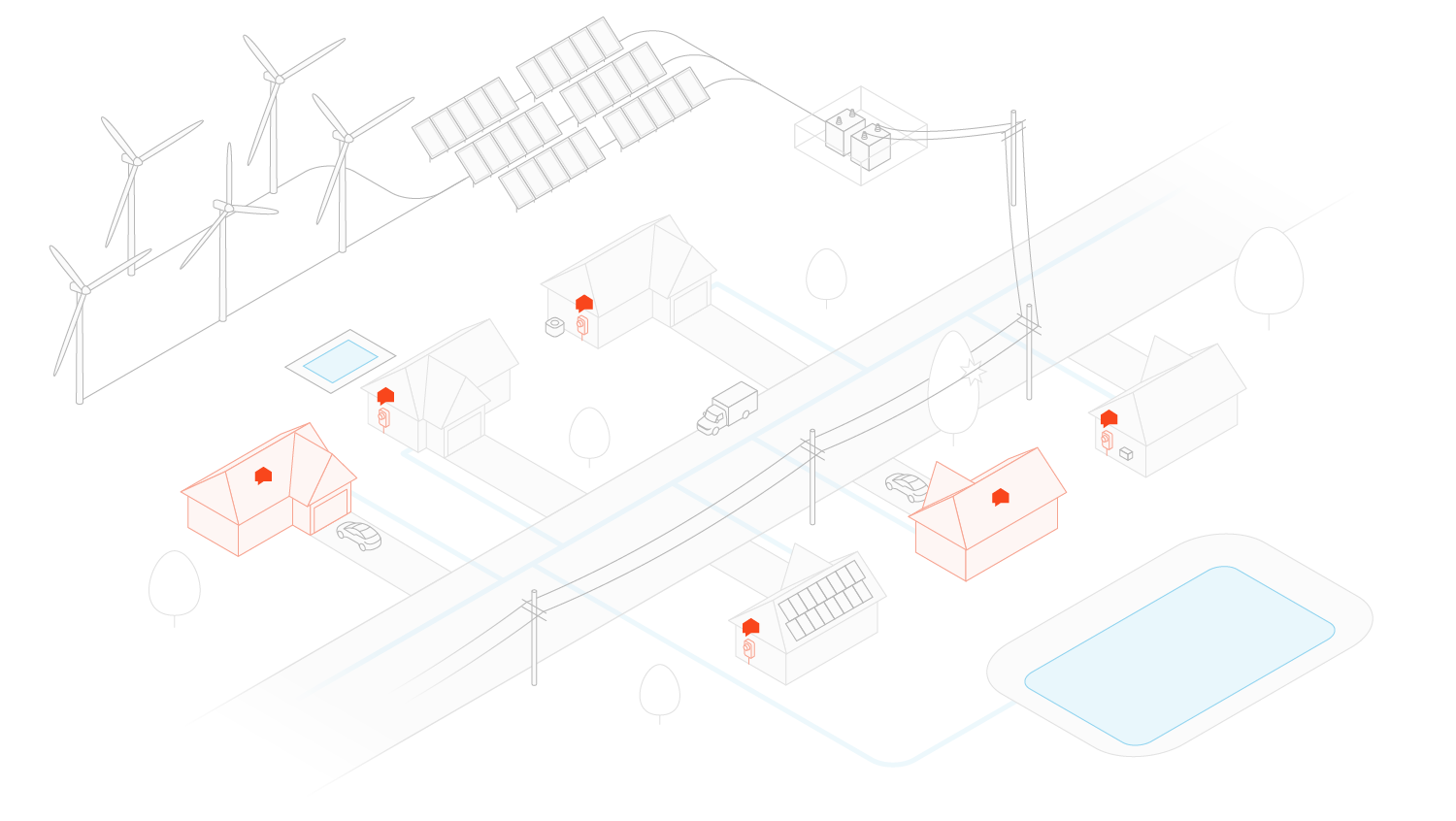
Michael Jary, Managing Director International for Sense, shares his views about Sense’s key partnerships, global expansion, and current trends for the utility industry.
Can you explain the importance of partnerships for Sense’s future?
Our partnerships are the key to how we bring Sense to millions of customers. We work with manufacturers of Smart Meters and Electrical Panels to integrate Sense directly into their products, helping them to differentiate in their markets. For Sense, we get to be deployed to millions of homes, efficiently and effectively via meter rollouts and panel installations. It’s a great deal for both parties.
Partnerships are how we bring Sense’s real time energy disaggregation and other propositions to consumers and the energy industry. It’s how we help householders reduce their energy bills, it’s how we help energy companies shift domestic load, and it’s how we help grid operators cost effectively deliver the energy transition.
Why are smart meters important to Sense?
For several years in North America, we’ve been deploying our own Sense monitors into people’s homes. It’s the ideal way to hone and perfect the customer experience, but there are limits to this approach: the Sense Home Energy Monitor costs money and it needs to be installed by an electrician. Demand is there but it’s not going to scale to the many millions necessary to make a dent in global emissions. The way to do that is to download our software onto smart meters. In that way, installation is frictionless, consumers don’t pay a penny, and many millions of homes benefit from our technology more readily.
Our expansion globally will progress alongside each country’s smart meter rollout – the next wave in the UK will take place in about three years, Australia and Japan in a year or two, and parts of the Middle East and Europe in the next three or four years.
Tell us about Sense’s partnership with Landis+Gyr.
Our partnership with Landis+Gyr is a great example of how Sense intends to scale. They are one of the largest smart meter manufacturers in the world and they just announced the rollout of nearly two million Sense enabled meters in New York. We anticipate reaching many millions of homes via that key partnership, and others like it.
What about Sense’s other key partnerships?
Schneider Electric is also a key partner, as one of the world’s largest suppliers of electrical infrastructure. They are now shipping their next generation Wiser Energy Centre (akin to an electrical consumer panel) with Sense integrated inside.
What are the trends in the utility industry that are driving Sense’s growth?
There are three really interesting trends: digitalisation, decarbonisation and next gen smart meters.
The first trend is decarbonisation. We won’t hit net zero unless we deal with the 20% of global emissions from domestic homes; and the recent COP26 added new impetus to this. This is where Sense can step in. We can reduce domestic electricity consumption by up to 25%, so we have a huge role to play here.
The second is digitalisation. Our lives are now digitised and they are run from our smartphones. That trend is fully global now. People can run their finances from their phone, so why not their homes too? It’s incongruous that the energy industry should still use analogue methods when engaging with tech savvy consumers. Energy consumers are increasingly participating in a dynamic energy ecosystem, part of a trend with modern day consumers now being seen as “omnisumers.” Only via an intelligently designed digital experience can omnisumers be engaged and successfully participate in reducing emissions.
The third trend is next-gen smart meters. Perhaps less prominent than the first two mega-trends but equally relevant is the next wave of smart meter rollouts. Nearly a billion smart meters have been deployed around the world already. Unfortunately, first generation meters have really struggled to deliver on their promise of reducing consumption and a smarter grid because, in truth, they were never really smart. But aided and abetted by Moore’s law and the preeminent needs of the energy transition, this is changing. To fund second wave deployments, smart meters need to do far more. They need to be a revenue centre as well as a cost centre. They need to be future proofed for the next 15 years, able to reduce consumption, shift demand, accelerate the energy transition, and reduce the costs of running the grid. It will no longer be about producing the cheapest kit possible to meet the minimum technical spec. The smart meter business case will be far richer.
To fund second wave deployments, smart meters need to do far more. They need to be a revenue centre as well as a cost centre. They need to be future proofed for the next 15 years, able to reduce consumption, shift demand, accelerate the energy transition, and reduce the costs of running the grid. It will no longer be about producing the cheapest kit possible to meet the minimum technical spec. The smart meter business case will be far richer.
Next generation meters will be able to run Sense software, so suppliers and grid operators will have the economics to bring real-time load disaggregation and the full panoply of our capabilities to their entire customer base. It’s a little like the introduction of the smartphone. Until the right hardware was in place, people struggled to believe how powerful that little device could be. We are on the cusp of the same moment in the home. It’s an incredibly exciting time, and I’m pleased to say Sense is playing a leading role.
Want to know more about Sense? Sign up to our newsletter and we’ll keep you up to date with the latest news. Sign up here.
